A food tour of Mexico City’s most gastronomic neighborhood called Colonia Roma.
Wearing a baseball cap and drooping jeans, a young man was practicing trombone. The dog walker walked by, swinging his hips in a soothing voice. At the crossroads of this tree-lined avenue, there is a magnificent and magnificent building in every corner, and it will not appear abrupt in the heart of Italy.
Welcome to Coronia-Rome, a suburb of Mexico City, which is perhaps the most exciting block for the growing food lovers in the capital. Of course, Mexico and delicious food are everywhere, but in the wide avenues and corners of Rome, you will find flavors from all over the country and provide them in creative ways.
In Cologne Rome, they always try to do something different, unique and creative. “Grace, the guide of Sabores Mexico Food Tour, told me that I was immersed in the taste of seafood and pork in our first stop (many) today.

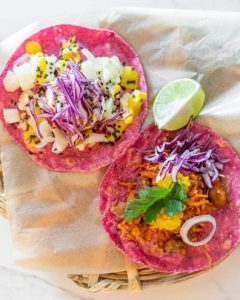
Use a cup of Horchata (a milky cinnamon drink) to wash away the delicious taste and spicy salsa. Grace has a deep understanding of the background of the community and the chefs who make these flavors.
Tres Gallons is our first stop on a tree-lined street. Its chef and mastermind are the people we should all thank, because he brought the seafood tacos to this metropolis after working in the Pacific Ocean. Although fish has always been unpopular in inland cities due to distance and freshness, his tenacious combination of his beloved fish rolls and innovative small menus has made this restaurant firmly occupy a position on the map.
The chefs are using all the traditional ingredients — you have to be very innovative to compete in this block, “Grace stressed, as we walked to the main avenue dotted with statue fountains reminiscent of Rome.
In the next five hours, we enjoyed the elegant buildings, many of which have been restored and slightly sunk after the tragic earthquake in 1985, while enjoying the creative dishes – many of which are from the remote town of Mexico.
In Rome, the Michelin star restaurant is in the window of the Art Nouveau style, and diners can see the stalls in the taco street, which is a block suitable for various tastes and wallets. However, it is not always such a holy place for food. Until 2010, Colina Roma began to become a food resort.
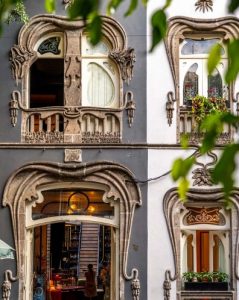
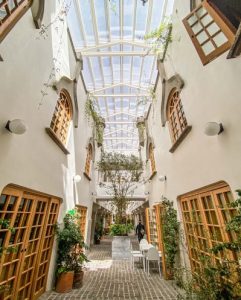
Among the best listed and protected historical buildings in the country, about 10% of them are expensive to maintain, especially in a community that is slowly sinking due to being built by the lake. Therefore, the owners began to rebuild and rent the lower floors to restaurants, shops and cafes to recover some decoration costs.
When you walk on the streets of Rome, there are the most magnificent European-style buildings in Mexico City on both sides. The former president who participated in creating this Rome-like environment becomes more and more obvious.
The legend of clowns and circus owners, and the story of this suburb from wealthy residents to apartment reconstruction, and then to the shantytowns after the earthquake, Grace is not only guiding me to see the plate in front of me, but the whole history of this block. Although, I don’t want to destroy all the stories in advance; Some things are left for you to know when you visit! “。
Just as in the years of economic turbulence after the devastating earthquake, in the world ravaged by the pandemic, the past few years have also produced their own challenges and creative solutions. However, although this period is tragic for some owners, no store will be vacant for a long time in Rome.
This is part of the block — restaurant opening, closing, change, development — so the spirit of the block determines tourism and how we change our travel route.

Fortunately, for Rodrigo and more than 100 other tourism-focused enterprises in the country, the tourism recovery plan launched by TUI Care Foundation (a charity of famous tourism companies) and enpact (an organization supporting entrepreneurs and their ecosystems in Berlin) has supported them to overcome the challenges of the pandemic. Both financial support and training, marketing and access to new markets – this sustainable and community-based cooperation enables many Mexican tourism operators to continue – including Sabores, the first batch of food tourism in the country in history.
We have been able to learn a lot — from leadership to numbers to sustainability. “Rodrigo emphasized their participation in the plan, further proving how important sustainability and community are to their tourism. They also carry out tourism activities in other districts of the city.
This focus on sustainable development also seems to apply to Loup Bar, another enterprise in Rome supported by the tourism recovery plan. The cuisine and wine here are different, from Mexico nearby to Georgia farthest away. The bar only focuses on organic wine and agricultural products – sustainability, authenticity and creative thinking are clearly the core of the cooking soul of this block.
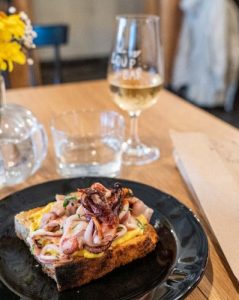
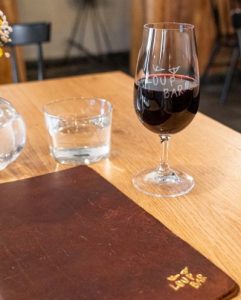
As we continue our journey, Grace seems to be as excited and eager for the taste of the future as I am. Since she has guided the food tour for nearly ten years, this really proves her enthusiasm for the continuous development of local cuisine, historical facts and neighborhood food scenes — because we “tried new places, it has just opened!”.
Noble flavors continue to emerge — from the coveted beans and fish slices of Nopales (prickly pear cactus), with the rich Mexican ruby from Ensenada, to the unique tacos made of black corn Huitlacoche and raisins, poured with different sales, from the faint welcome to the sacred, why do I eat this.
There are three things we don’t put in chili sauce; Coffee, cereal and water — yes, we even put chillies on the fruit “, Grace told me earnestly, and then continued to share the stories of those cooks who made us all eat well. Describe how two brothers and sisters from southern states wanted to bring this corn cooking style to the city, or those cooks who ventured to the most remote towns to harvest authentic herbs and dishes, and bring them back to the city residents for discovery.
Through this block, I think I am visiting the food of the whole country, from Oaxaca in the countryside to the coastal state of Halisko — the capital’s love for all things “cito” — in the words of gourmets, it is to make things smaller and often become a small dish.
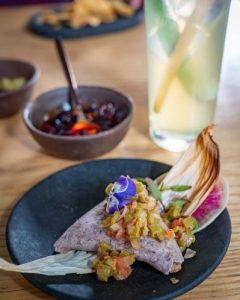
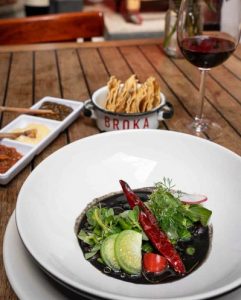
I met a chef, Broce, a fashionable restaurant. He had received engineer training. But since 2008, after receiving cooking retraining in Monaco, he is considered to have played a great role in stimulating the development of food in this block — he even owns his own manor and trains as much as possible in the city.
Then, there are two vegetarians who want to change the city’s view of vegetable dishes on a colorful street decorated with street art. I admit that at first I was a little skeptical about the 100% vegetarian menu. However, the strong taste and the ingenious use of tortillas soaked in pitaya, coconut and beetroot soon won my favor. Perhaps this is even my favorite dish today.
They not only want to provide you with good food; They also want to provide you with food for the soul of a place, “Grace shouted happily when her favorite dishes arrived.” They don’t want to be another place.
At the end of our afternoon, we sat under the neon light of a chic coffee shop, and the barista Nite prepared a series of professional coffee for us to taste coffee beans from Mexico, which is one of the largest coffee producers in the world. Interestingly, none of the family members who set up Caf é Barajas are coffee professionals. However, their father was fascinated by coffee, so they created this place together to commemorate him.
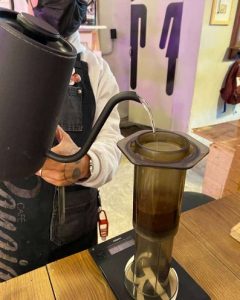
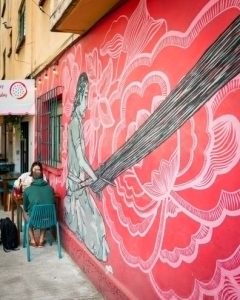
When we said goodbye, we drank a cup of wine and coffee — added honey beans and drinks distilled with Mayan white flowers — I was surprised at how much I tasted and learned in the afternoon.
Is it shocking to find such delicious food in one of the world’s top food cities, a country that has been awarded the status of UNESCO for its delicious food? No, of course not. However, finding so many passionate, proud and creative chefs in a small pocket in this seemingly endless city is a kind of enjoyment of taste.
Next time, you can be sure that I will book a trip to Mezcal in Sabores Mexico — I mean, it’s impolite not to do so, right?